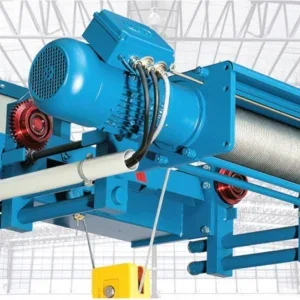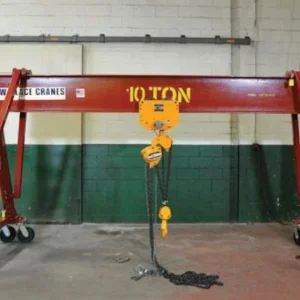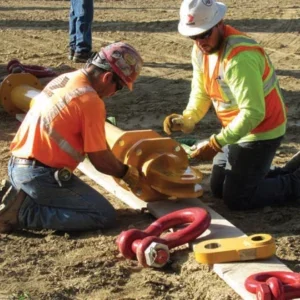The survey set out to find if there is a place for this relatively unchanged product in a constantly evolving market, or whether the time is near for it to ‘hang up’ its hat.
When asked whether they expected to be still using manual chain hoists across a range of time periods, 16% said that they expected they would be within the next five years, around one in five (19%) extended that to a decade, 7% said they would be operating a manual chain hoist within the next 20 years, while the majority, 55%, believed they would still be operating them in over 20 years’ time. A small percentage used an alternative to a manual chain hoist.
Respondents to the survey made a number of comments, including the following: “There will always be a need for [manual chain hoists]… they have become a throw-away item because they are cheap compared to labour and spares”; “There is always going to be the need… especially for lifting and pulling in confined spaces”; “Manual chain hoists give you a direct feel of how much strain is on the hoist. Experienced users can feel how the lift is going, if the lift is still fixed down or trapped”; “Sites may not have power. Also, manual hoists can be used everywhere when required and are practical and don’t break down”; “Areas without power will need them”; “There will always be a need… as a relatively cheap alternative to more expensive means of lifting.”
The views back up the opinions expressed by industry experts in a Hoist article published in the April issue that looked at the future of manual chain hoists.






